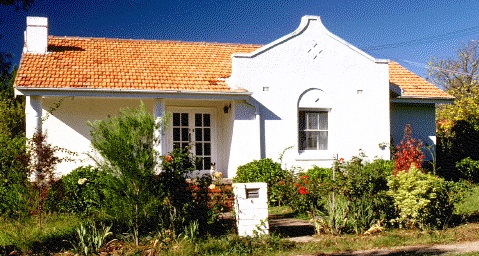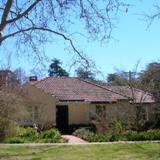Reid


Reid, named after our fourth Prime Minister, is Canberra's oldest continuously inhabited residential suburb . Reid was designed with detached dwellings on large blocks for Canberra's middle range of public servants. The landscaping, based on street plantings by Charles Weston, represented a new approach in urban design. The suburb has been described as:
"One of Australia's finest garden suburbs of the 1920s and 1930s, the area demonstrates influences of the English garden city movement. The limited range of houses, designed specially for Canberra, established the architectural character of the area." (R. Garnett and D. Hyndes, Heritage of the Australian Capital Territory, 1992, p89).
Additional values specific to the Reid Garden City heritage precinct are:
- The majority of the precinct was constructed in 1926 – 27 to meet the urgent need to provide housing for public servants prior to the opening of the provisional Parliament House in 1927.
- The Reid Pre-School, built in 1944 and opened in 1945, as a mothercraft centre provided a focal point for women living in the area and was developed through community interest and effort.
- The tennis courts and pavilion in Dirrawan Gardens formed a focal point for social life in the founding community of the newly established suburb of Reid.
- The Reid Uniting Church, built in 1927, was the first church built specifically for the new city of Canberra.
- The precinct contains privately built examples of the domestic architecture of Kenneth H Oliphant and other local architects. Oliphant was one of Canberra's first independent practising architects and his work has contributed notably to the urban architectural character of Canberra.


